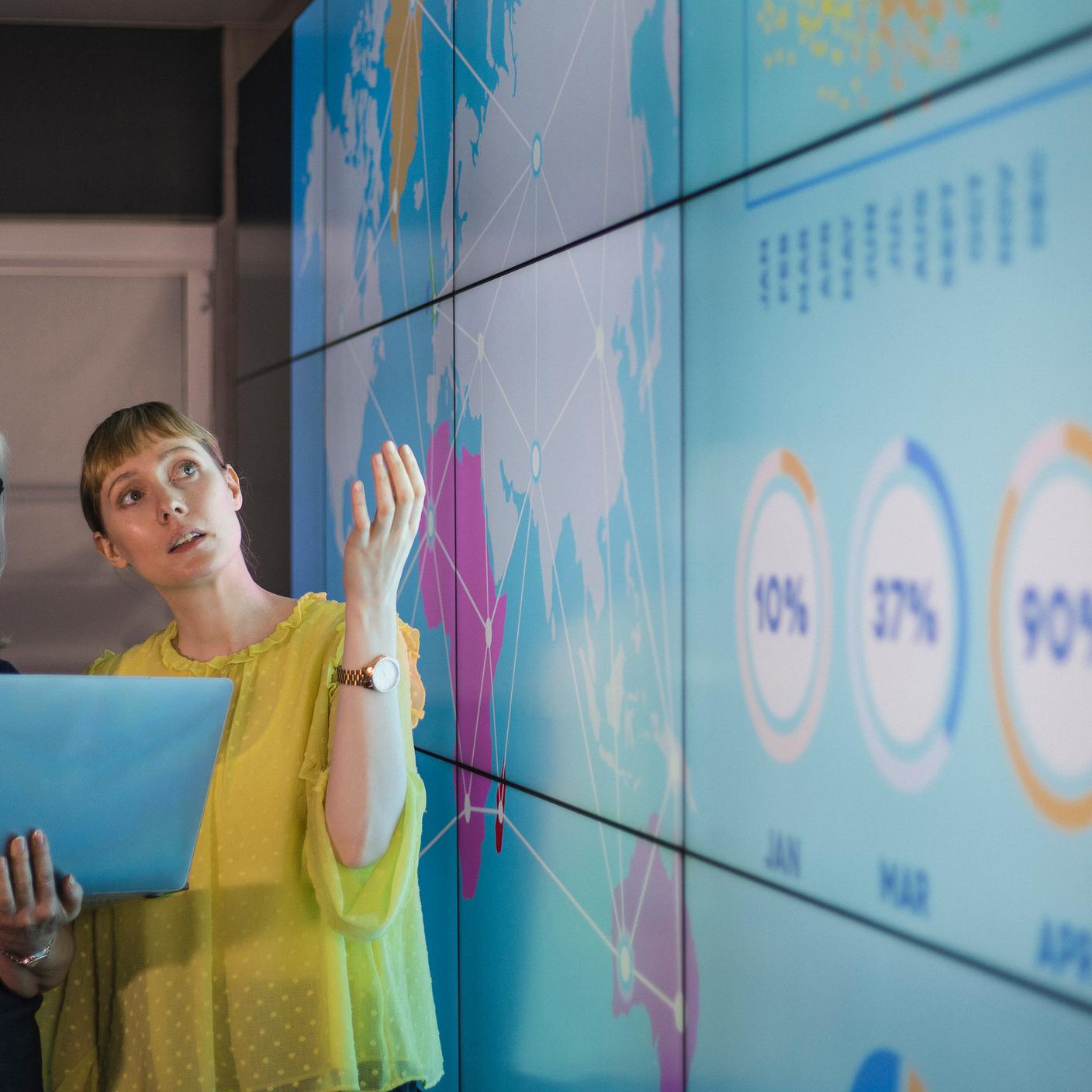Understanding your impact
Addressing the impact of their direct and indirect operations on climate change is relevant to all organizations, from start-ups to legacy businesses. Despite economic pressures, including the cost-of-living crisis and the lingering effects of the COVID-19 pandemic, organizations are faced with an opportunity. Those who prioritize net zero measures like renewable energy, carbon capture, energy efficiency, and sustainability will be well-placed to thrive in a climate-conscious world.
Government departments across the world, such as the US Securities and Exchange Commission (SEC) and the EU Corporate Sustainability Reporting Directive (CSRD), are considering and implementing rules for public companies to disclose climate-related risks including emissions.
A useful first step is knowing what the different types of greenhouse gas (GHG) emissions are before attempting to measure and reduce emissions.
Direct business activity
Scope 1 emissions are linked to direct company actions. This involves burning fossil fuels for operations, using natural gas for heating, and employing petrol for transportation. It also covers emissions from potent greenhouse gases found in refrigerants.
Purchased energy
Scope 2 emissions come from the energy an organization purchases such as electricity. Even though the organization doesn't manage the power source directly, these emissions can be lowered by buying clean and renewable energy and improving energy efficiency at your facilities.
The value chain
Scope 3 emissions are an indirect result of an organization’s activity. These represent everything in the full lifecycle of a product or process and often represent the majority of an organization’s emissions.
There are 15 categories within Scope 3 ranging from the raw materials and components an organization purchases, transportation, waste, business travel, leased assets, the use of an organization’s products by its customers, and emissions from the disposal or incineration of a product.
As you can see in the graphic below, there are many sources of these emissions associated with the wider value chain. Organizations may not have direct control over Scope 3 emissions – but they can almost always influence their reduction.
Tracking your emissions
Establishing a consistent practice of tracking energy usage helps to reliably calculate your GHG emissions and helps to identify cost-saving opportunities by pinpointing the sites, equipment and processes that consume the most energy within the value chain.
Scope 3 emissions are so varied that emissions reduction opportunities touch almost every department, from facilities management through procurement to logistics and beyond.
In this recorded interview on Reducing Scope 3 Impact through Supplier Improvement, we cover methods to engage and enable internal stakeholders and suppliers to develop and execute GHG reduction strategies.
Commitment to emissions reduction
By engaging internal and external stakeholders on GHG reduction strategies, organizations can take actionable steps to reduce their environmental footprint. Comprehension and tracking of your GHG emissions inventory are important steps to determining which reduction strategies can be the most effective short-term and which ones have the most value as long-term investments. Additionally, we can support by developing customized carbon reduction management plans that meet stakeholder demands and align with Science-based Targets (SBT) and net zero ambitions.
In the ever-changing landscape of environmental awareness, adherence to standards such as the ISO Net Zero Standard and a commitment to emissions reduction will drive businesses toward a more sustainable and responsible future. The Guidelines draw on the existing landscape of major net zero standards and initiatives to harmonize best practice in one place. Meaning countries, industries, governments and individual organizations of any size and in any jurisdiction can all align on common goals and plot their route to decarbonization.
Adherence to standards such as the ISO Net Zero Guidelines and a commitment to emissions reduction will drive businesses toward a more sustainable and responsible future.








